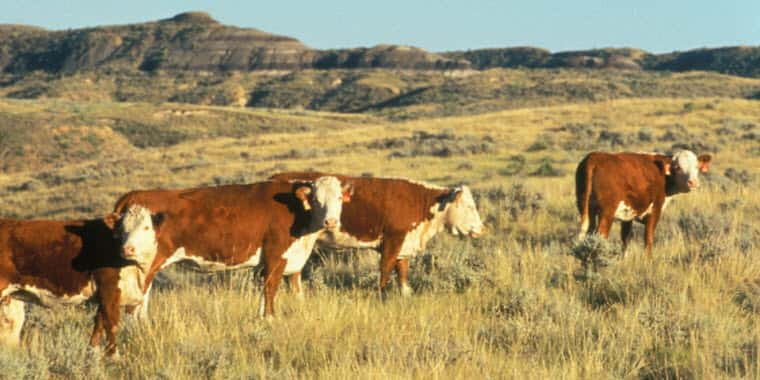USDA released their much-anticipated semi-annual cattle inventory and monthly cattle on feed reports last week and both beef cow and fed cattle supplies are continuing to shrink.
The July USDA Cattle on Feed report shows July feedlot inventories of 11.29 million head, down 1.3 percent from last year and down 1.7 percent compared to 2019. June placements were 1.67 million head, down 7.1 percent from 2020 and down 5.2 percent from June 2019. Feedlot marketings in June were 2.02 million head, up 2.7 percent year over year and 4.1 percent above the 2019 level. The report was well anticipated with placements down slightly more than the average pre-report estimate.
This latest cattle on feed report confirms that the feedlot situation continues to improve relative to the slaughter capacity constraints that plagued fed cattle markets in early 2021. The July 1 feedlot inventory is down 816,000 head from the February peak, a decrease of 6.7 percent. It appears that the feedlot industry has finally moved past the cyclical bulge of cattle numbers and should be operating with declining numbers going forward for the foreseeable future.
Front-end fed cattle supplies do remain historically large, but the declining numbers reveals some light at the end of the tunnel for cattle feeders. It will take time, but cattle feeders will gain more leverage over the packing segment as supplies fed cattle supplies tighten.
USDA also released the summer cattle inventory report on Friday. The report shows, as expected, that cattle numbers continue to decline in the U.S., possibly aggravated by additional liquidation resulting from the widespread drought in the western half of the country. The estimated July 1 inventory of all cattle and calves is 100.9 million head, down 1.3 percent year over year and down 1.9 percent from the cyclical peak July inventory of 102.8 million head in 2018.
The July beef cow inventory is 31.4 million head, down 2.0 percent from 2020. The current beef cow inventory is down 3.1 percent from the 2018 cyclical peak of 32.4 million head. The estimated July 1 inventory of beef replacement heifers is 4.3 million head, down 2.3 percent year over year. The estimated 2021 calf crop is 35.1 million head, down fractionally from last year. The 2021 calf crop is down 3.3 percent from the 2018 peak of 36.3 million head.
The estimated feeder supply outside of feedlots, calculated from the July 1 inventories of steers, other heifers and calves, is 36.1 million head, down 1.6 percent year over year. The July 1 estimate of inventories in all feedlots is 13.4 million head, down 1.5 percent from last year.
The overall message of these two reports is that declining cattle numbers are improving cattle market conditions both for the remainder of the year and into 2022 and beyond. While the report has not fully factored in the effect of the drought on beef cow numbers, some degree of liquidation is already present and there is high potential for additional herd liquidation in the remainder of the year.
Tighter cattle supplies, combined with continued strong beef demand leads to expectations for modestly higher prices for the remainder of 2021 and beyond. Fourth quarter prices for calves, feeder and fed cattle are currently projected to average 8-12 percent higher year over year. However, profitability will be tempered by higher input costs, including sharply higher prices for feed grains and supplements.
Cattle futures reacted very positively to these reports as trading resumed on Monday. Both nearby feeder and live cattle contracts scored triple digit gains, with feeder cattle closing in on contract highs.
August feeder cattle closed Monday at $161.85 and November at $167.07. For the live cattle, the August contract closed at $123.10 and further out the April contract finished at $139.75.
###
Northern Ag Network/Oklahoma State Extension


